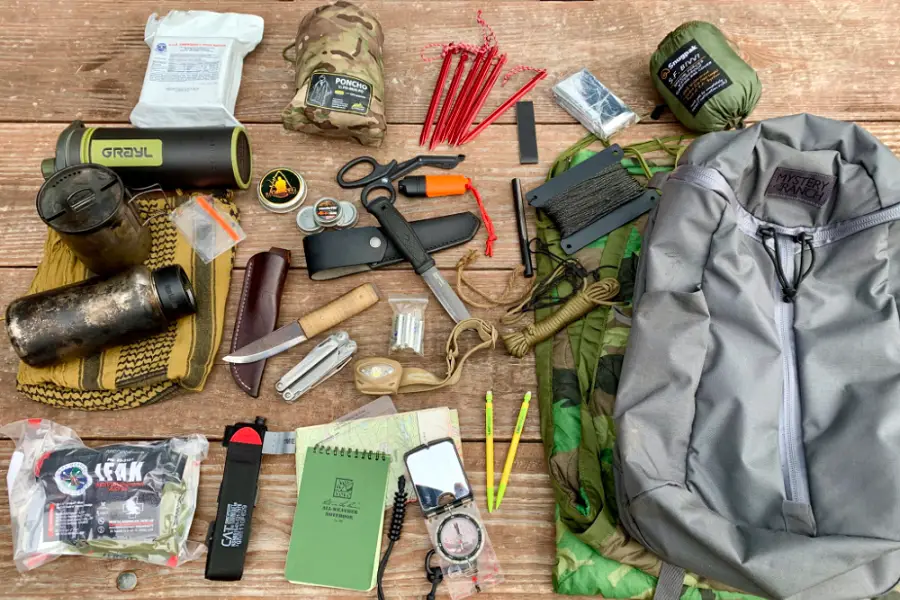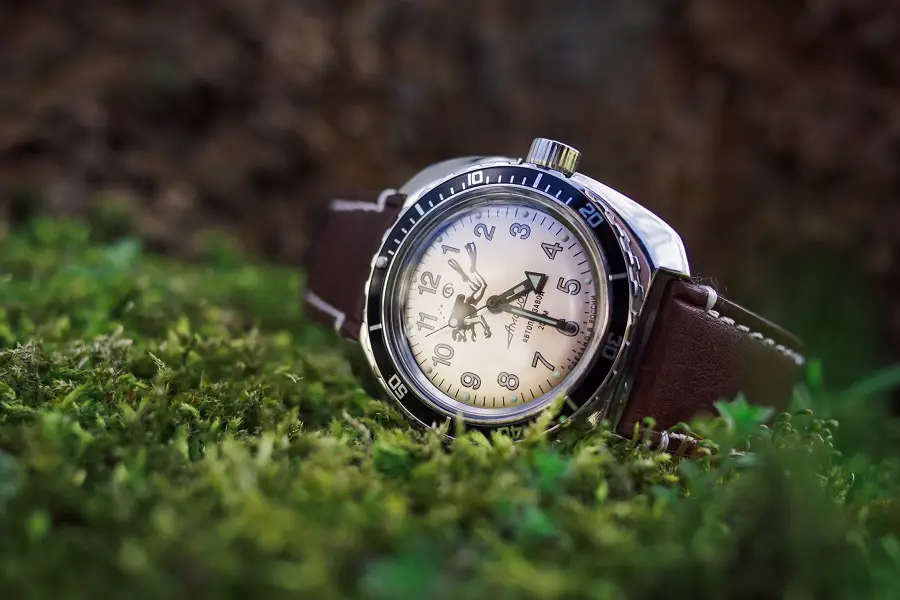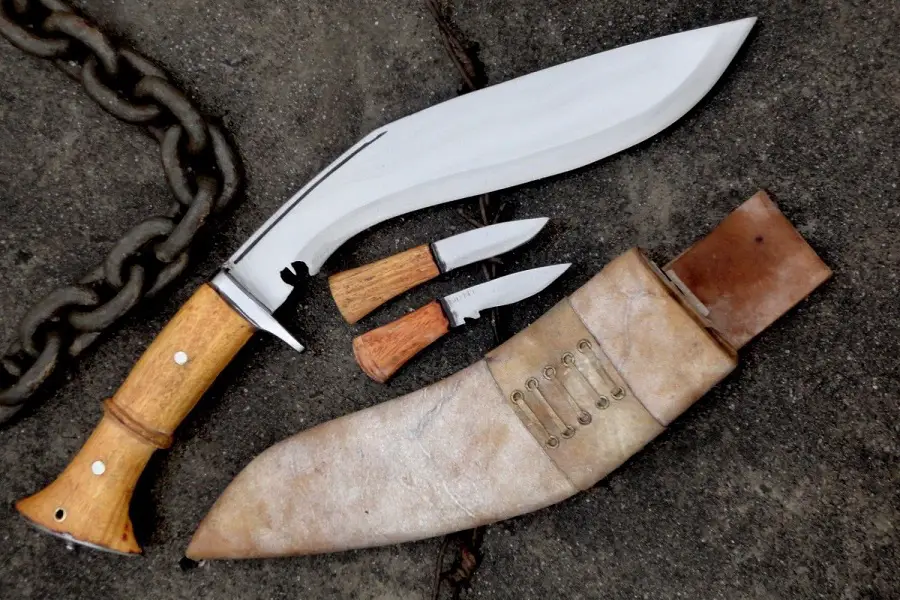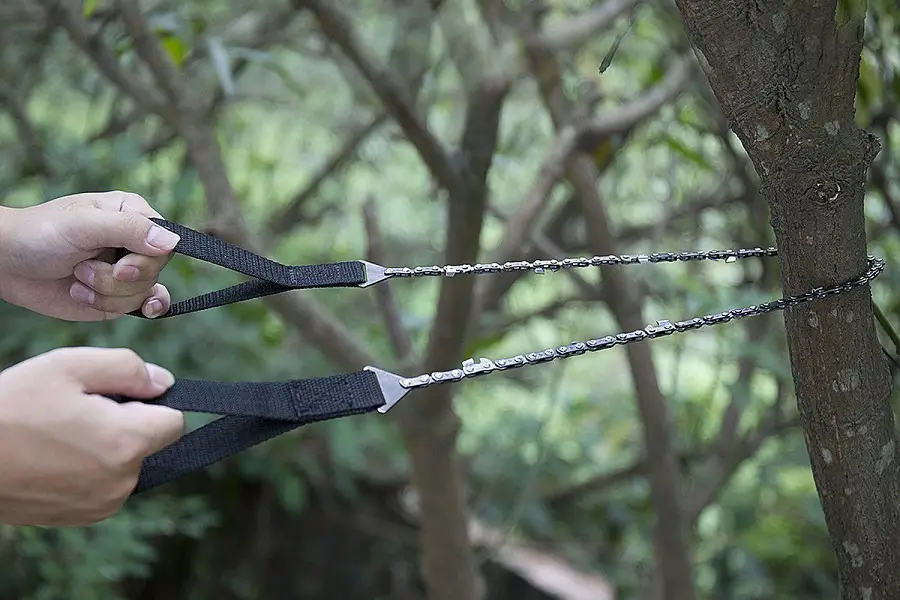A bug out bag is the lifeline of any prepper and for that lifeline to be effective, it has to be done properly.
Packing a bug out bag is the most important step in getting it right, and this includes choosing what contents should go in it and where exactly to place them.
What do you need in a bug out bag?
A bug out bag should include enough supplies to help you live in an emergency situation for up to a week. The contents of these bags should include supplies of food and water, hygiene and sanitation, shelter and bedding, first aid, and more.
The preparation for packing a bug out bag is the most important part and you’ll have to factor in things like how many people the bag is serving, the weight of its contents, and where each item is packed.
This guide can help you do just that with thoughtful planning so that you’re prepared for any type of scenario that comes your way.
What is a Bug Out Bag?
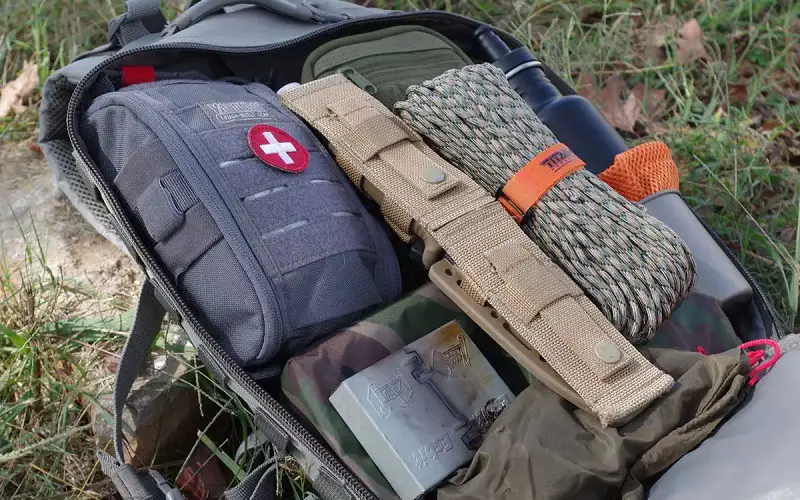
Before you can start assembling your most prized possessions, you need to understand what a bug out bag is, and what it isn’t.
The most basic definition of a bug out bag is a backpack that’s full of survival supplies that you can grab at a moment’s notice in an emergency.
A bug out bag should be considered your lifeline, giving you access to everything you need to survive, including food, water, and medical assistance.
Imagine you had to leave your home suddenly and couldn’t return for seven days or more, and you’ll get an idea of what might be required in one of these bags. Not only should a bug out bag have the basics for survival, but survival in a serious situation or emergency.
Consider the chance that there may be a war going on or the aftermath of a serious natural disaster and then think about what else you may need to survive, like a first aid kit or weapons.
Finally, a bug out bag should be packed to suit your location, which may require some adjusting of what a standard contents list will include.
The chance that you’ll take your bug out bag far away from home and in another state altogether is minimal, so it should suit the precise environment and area you’ll be trying to survive in.
Choosing Bug Out Bag
A backpack is the most common style of bag used for this purpose because it can be carried on your back comfortably, allows for adequate weight distribution, and enables you to carry a heavier load.
However, within the backpack category there are lots of features and specifications that need to be met, so make sure your BOB has the following:
Type of backpack
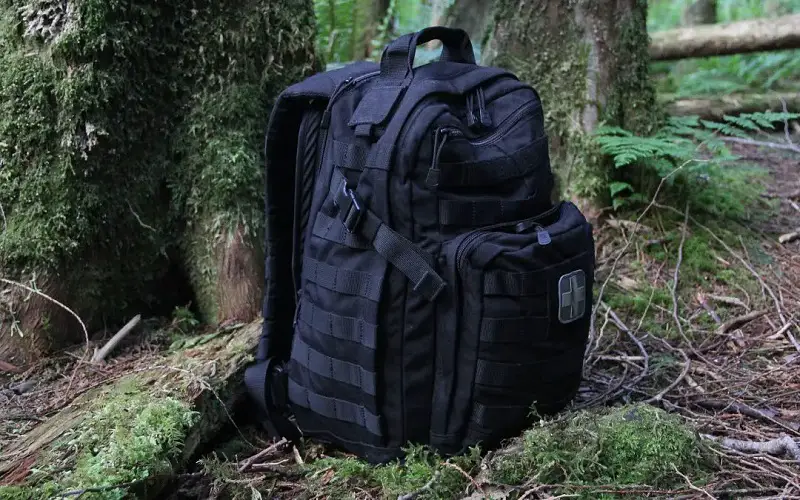
The two most common styles of backpack used as a bug out bag are hiking backpacks and tactical backpacks.
The difference is that a hiking backpack is more discrete, which could be a good thing if you’re in survival mode and spotted by someone else.
A tactical backpack will be more practical for this type of situation, but if someone sees that you’re carrying it, it’s a dead giveaway that you’re prepared with survival supplies.
Materials
Flame retardant and waterproof materials are highly sought after for a bug out bag, for obvious reasons.
However, you should also choose a material that’s breathable, comfortable, and durable. Popular bug out backpack materials include polyester, nylon, and canvas, and most will utilize a few of them to make the best bag possible.
Compartments
A carefully packed bug out bag will have each category of contents in its own designated areas. This is made easier when you purchase a backpack that already has compartments laid out.
The best type of backpack for a bug out bag is one with compartments on the inside and out that are easy to access, as well as options for attaching other pouches and accessories.
Weatherproofing
Hiking backpacks and tactical backpacks have been designed for relentless outdoor use and they will always come with some form of waterproofing.
Choose a backpack that has some form of waterproof rating and includes either a top lid or poncho style covering to keep everything dry inside. Although the contents of the bag should also be protected against moisture, you’ll want this outside coverage as well.
Size
There’s no single size of bug out bag to suit everyone, so the best approach is to contact the manufacturer and see how it works with your size and fitness level.
Choosing a bag that’s lightweight but made of durable materials will enable you to fit more contents inside, without having to sacrifice something you could need in a survival situation.
The bag shouldn’t be too large or too small, and you should be prepared to test some out before you commit.
Comfort
You’re not likely to find a bug out back that’s luxurious and always feels like a dream to carry, but you can certainly try.
Some comfort-enhancing features to look for include compression straps that keep your backpack in place, padded straps to reduce strain, and hip belt pockets and straps so the weight doesn’t shift around.
Extras
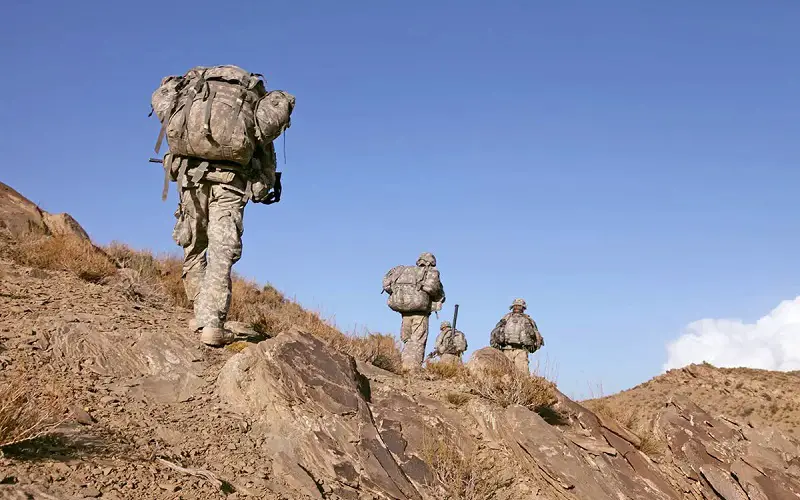
A good bug out bag will have as many usable extras as it can fit on it, so look for one with features like hydration tubes, water bladder, and water bottle pocket. A MOLLE (Modular Light Weight Load Carrying Equipment) system is a must-have for a BOB.
This enables you to attach other items via hooks so you can take more without stealing precious space from inside the backpack.
Pre-Made vs DIY Bag
Another big decision you’ll have to make surrounding your bug out bag is whether you buy one that is already assembled or undertake the bigger task of packing it yourself.
Your approach to this will depend on how serious you are about prepping and survival, and what specific contents you require to feel satisfied that your bag can help you handle anything.
Pre-packed bug out bags have seen a huge boom in popularity recently, as people want something reliable that they can keep aside for a rainy day, without the hassle of having to assemble it.
These bags cover all of the basics including food rations, filtration systems, and first aid kits, but if you want something specific or would prefer the select the individual items separately, it’s not a good fit.
A DIY bug out bag is the best choice for those who take survival prepping seriously. You’ll be able to handpick everything that goes into the bag, will be assured of its quality, and won’t waste any space with contents you don’t plan on using.
Of course, it takes a lot of time and probably more money, so you’ll have to weigh up the pros and cons of either option to see what’s right for you.
How to Pack a Bug Out Bag

With all of the contents ready to go, you’ll then need to spend some time planning how the bag will be packed. To ensure you’re doing it right, we’ve covered a few key areas to make sure you check off before you get started with the packing.
Weight
Although there is varying advice out there about the best weight for a bug out backpack to be, it’s generally agreed that bags like these should be no more than 1/4 of the user’s weight.
However, this also depends on the person’s weight and their stamina and strength, so it’s not a one-size-fits-all approach.
Comfort and balance
Knowing how to comfortably pack a bug out back so that it’s less stress on your shoulders and back is essential.
The weight distribution of a backpack should be so the heaviest equipment is at your back and in the center, with the lighter stuff at the bottom. This gives you more stability and keeps the heavier stuff center which means less fatigue, better posture, and easier portability.
Waterproofing
All of the contents within the bag should be waterproofed one way or another to keep them protected.
This could be with a complete cover over the entire backpack or with individual compartments and contents waterproofed, so you’ll have to think of an approach that works for you.
The Importance of Organization
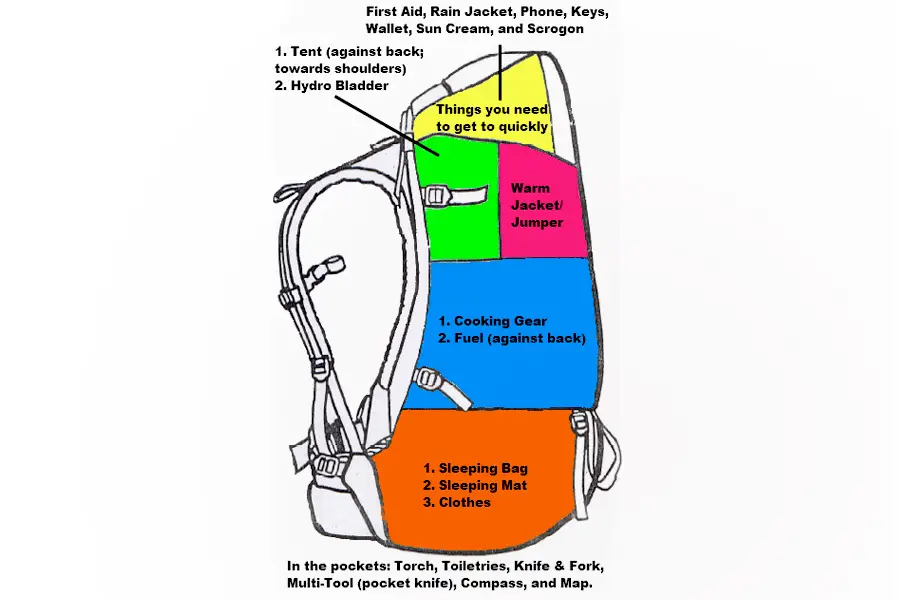
One of the most overlooked parts of packing a bug out bag is the organizational aspect and where everything is placed.
You can have the world’s largest bag with the biggest cubic inches of all, but if you don’t know where to put everything and why it should hold that space, it’s a waste.
A bug out bag needs to be organized so that you can reach items when you need them, and in a potentially short amount of time.
In addition to having them placed in your bag for optimal comfort and weight distribution, you’ll also need to think about what you might need to reach for first and how easily you can reach it.
Items that you might need to reach in a hurry can be carried elsewhere, either on the outside of the backpack or on a utility belt. This includes a cold steel shovel, radio, and knife, or anything else you might want easy access to.
Inside your bug out bag, you can keep items like a tent and sleeping bag at the bottom, as there’s little chance you’ll need to reach these in an emergency.
Above that, you can store food and cooking gear, and closer to the top you’ll want items like a first aid kit, map, and rain poncho so that they’re easier to access in a short amount of time.
Must Have Items for a Bug Out Bag
For a bug out bag to be truly effective, it needs to have all of the essentials that you could require to survive if you were dropped in the middle of nowhere without help, for days on end.
With that in mind, these are some of the essentials that every dependable BOB should have:
General Tools
This is one of the most detailed areas of contents, with a range of multipurpose tools that can help you protect yourself, find food, and help in emergencies.
Among your list of general tools, you’ll need a mini shovel, multi tool, paracord, crowbar, duct tape, axe, and a crowbar. These items will be useful for digging trenches, fishing and hunting, fixing broken items, creating traps, and breaking into somewhere for shelter.
Water
A bug out bag should hold enough water for you to survive for a week, with one gallon per day being the recommended amount for an adult.
To carry water, the best approach is with a bladder system which may already be part of your BOB or can be added on as an accessory. These bladders make it easy to carry and protect the water from outside contamination.
Filtration
In addition to having fresh water supplies in your bag, you’ll also need a water filtration system.
This will allow you to clean any water source so it’s free from contamination. You’ll then be able to drink it on the spot or fill up your empty water bladder with fresh supplies.
Air filtration may also be required at times, so carry with you a dedicated air filtration mask. These masks will filter out dangerous particles and give you oxygen that’s clean and safe to breathe.
Fire starters
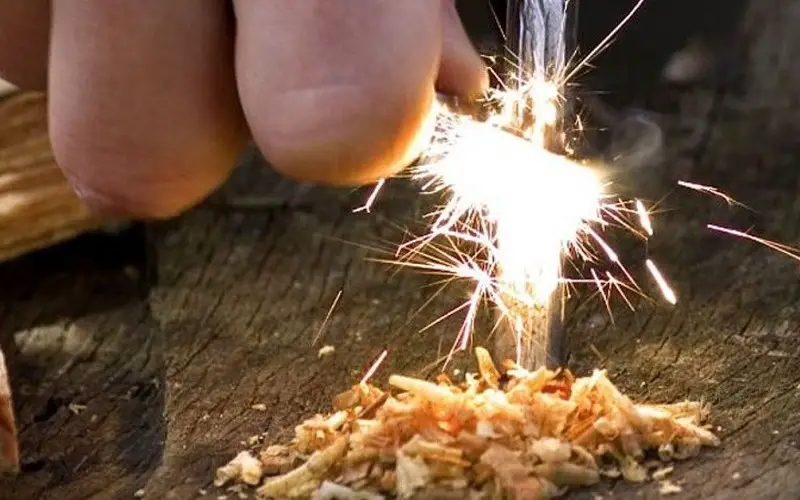
Some form of fire starting is required so you can build a fire with minimal effort and even in poor weather conditions.
With access to a fire, you can provide warmth for yourself, cook food, boil water, and send a signal for assistance. To cover all bases, include a packet of waterproof matches and a Firestarter in your bug out bag, and test them regularly to see that they work.
Clothing
A few choice pieces of clothing will be worth their weight in gold, so make sure you choose those made for camping and hiking.
Materials should be breathable, durable, wick away moisture, and be hand washable and quick drying. Avoid materials like denim, cotton, and khaki as they don’t perform well in the outdoors over long periods.
Plan to layer clothing when temperatures drop so you can easily strip off items on the go and bring your body temperature down.
Included in the clothing list, you should have a quality pair of hiking socks, bandana, gloves, shirts, singlets, shorts, long pants, and a jumper. If you’re really keen, you can rotate the clothing once every six months to ensure you have the right attire for the upcoming seasons.
Lighting
During a survival situation, the chance that you’ll be moving around when the sun goes down is high. You’ll want a few options for staying illuminated and active, including a flashlight and headlamp for hands-free lighting.
Pack a few chemical-grade light sticks in your bag that can be cracked and last for up to 12 hours, as they’re useful for illuminating an area and signaling for help.
Hygiene and Sanitation
A few basic supplies to keep you clean in survival mode will come in handy, but there’s no need to go over the top.
A small travel-sized toothpaste and toothbrush, soap, and hand sanitizer can provide you with everything you need to keep hygiene up and have good sanitation practices.
First aid
A ready made first aid kit is an easy way to get the essentials, or you can create one yourself.
Within the kit you’ll want basics like pain killers, antibacterial wipes, bandages, antibiotic ointment, burn gel, gloves, and more.
Be sure to include first aid instructions in some form, as you may need to refer to these in a survival situation so that you know how to treat any medical emergencies.
Shelter
Shelter is essential for comfort, safety, and warmth, no matter where you are or the conditions outside. The three key parts of shelter are a tent, sleeping bag, and space blanket.
During an emergency, having a tent as your form of shelter will be a godsend and a lightweight sleeping bag will provide you with somewhere that’s comfortable enough to rest. A space blanket is a metal coated sheet that retains body heat and can keep you warm in cold conditions.
Navigation Tools
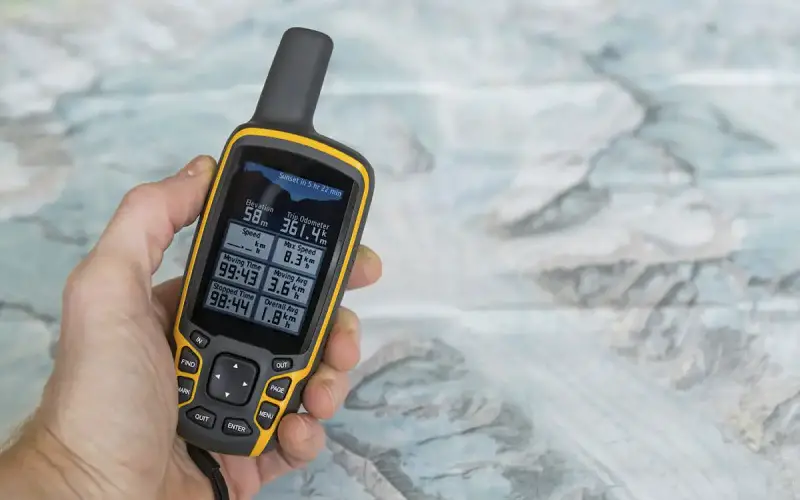
A smartphone with GPS is never reliable in a survival situation, so you need to go back to basics.
A map of your state and nearby states is required, as well as a compass that you’ve spent time learning how to use. If you can afford it, a standby GPS system may be helpful, but you should ever rely on this as your sole navigational assistance.
Types of Bug Out Bag
The standard bug out bag is there to help you survive in an emergency situation for at least 72 hours and up to seven days.
This is considered the most comprehensive bag and is also the largest, with people storing them at home somewhere easily accessible so they can be ready to leave at a moment’s notice.
A get home bag is another type of survival kit designed for just 24 hours of use, filled with contents that can help you get back home if you become lost, like a more compact and portable bug out bag.
This might be useful if you’re hiking or visiting somewhere you’ve never been before and want to be prepared for the worst.
Others like to keep a car bug out bag, in a similar size to a get home bag, with supplies that would allow them to survive for the night if their vehicle breaks down or they need to pull up somewhere for the night unexpectedly.
You can keep this stored in the trunk of your car, the back seat, or just take it with you if you’re traveling somewhere far away from home or going on a road trip.
Maintenance and Costs

The overall cost of a bug out bag can vary dramatically from person to person. Each prepper will have different contents inside theirs, the quality of their bag will differ, and they may favor certain items over others that could change the price.
Generally speaking, you can expect to pay a few hundred dollars to assemble a bug out bag using a quality tactical backpack though.
In addition to the initial investment in the bag and its supplies, you will need to replace or upgrade things as times go on. The expiration date on certain medicines, foods, and water supplies might pass, or you’ll want to add or remove items to meet the needs of your family or household as it changes.
As a standard rule, you should review the contents of your bug out bag once every 12 months. Go through the checklist again and mark everything off, test the items that need testing, and replace anything that might have expired.
This is also a good time to do a dry run with the backpack and see that it’s still functional and has no damage to it, as it’s not something you want to discover when you’re miles from home in a survival situation.
Related Questions
A bug out bag is something everyone can benefit from having, whether you want to keep it in your car or have it ready for action at home.
HOW MUCH WATER DOES A BUG OUT BAG NEED?
The standard water supply recommended in an emergency situation is one gallon of water per adult, so your bag should be kitted out to allow for that.
As well as having a supply of cleaning drinking water in your bag, you’ll want other water filtration tools that will enable you to access more once supplies run out.
WHAT’S THE DIFFERENCE BETWEEN A GO BAG AND BUG OUT BAG?
A bug out bag is designed to help you survive in an emergency where you’re usually not at home and its contents should serve you for up to a week.
A go bag or get home bag is slightly less detailed and can help you survive comfortably for just a few hours or a day as you find your way home.
HOW MUCH DOES A BUG OUT BAG WEIGH?
The correct weight for a bug out bag will depend on the person carrying it, their size, and fitness level.
A general rule is that the bag should weigh between 15 to 20 percent of your body weight but this isn’t always straightforward to apply, so it must be calculated by the individual.
The Only Bag You’ll Ever Need
A fully equipped and carefully packed bug out bag is all the peace of mind you’ll ever need, even if you hope you never have to make use of it.
This is one thing in life that requires absolute precision and planning, as well as ongoing maintenance, but your very life could depend on getting it right someday.
Resources:


